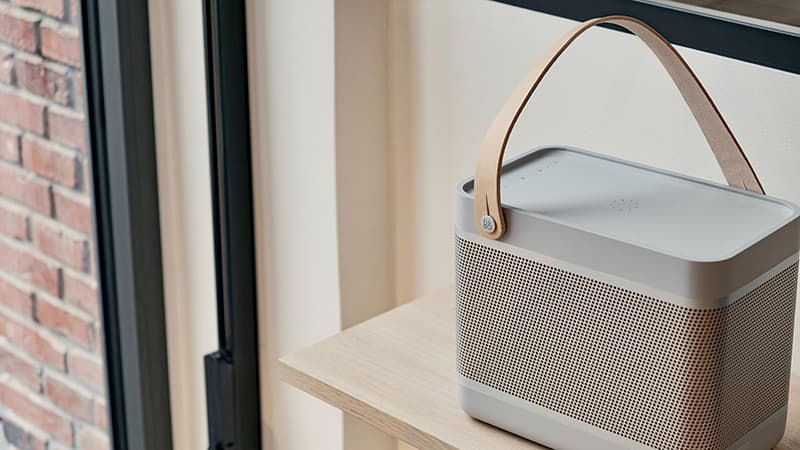Guides
Write one or two paragraphs describing your product, services or a specific feature.
To be successful your content needs to be useful to your readers.

Types of SFP
Based on different applications, SFP types are usually categorized by the following types.
Regular SFP: Most commonly transceivers that deliver data via a duplex fiber.
BIDI SFP: Can transmit and receive signals in simplex fiber.
WDM SFPs: Support CWDM/DWDM transmission to maximize the bandwidth while saving the fiber cabling.
SONET/SDH SFP: Compatible with the SONET/SDH and ATM standard which covers the standard range of data rates extending from OC-3/STM-1 (155 Mbps) to OC-48/STM-16 (2488 Gbps) for multimode (MM), short-reach (SR), intermediate-reach (IR1), and long-reach (LR1/LR2) applications.
PON SFPs: Used in the Optical Line Terminal (OLT) at the Central Office and the Optical Network Terminal/Unit (ONT/ONU) at the subscriber’s premises.
3G-SDI video SFPs: Designed to meet the high standard video transmission needs in the High Definition (HD) environment.
SONET/SDH SFP is compatible with the SONET/SDH and ATM standard which covers the standard range of data rates extending from OC-3/STM-1 (155 Mbps) to OC-48/STM-16 (2488 Gbps) for multimode (MM), short-reach (SR), intermediate-reach (IR1), and long-reach (LR1/LR2) applications.
Fibre Channel SFP: A high-speed network technology (commonly running at 1, 2, 4, 8, 16, 32, and 128 gigabits per second rates) primarily used to connect computer data storage to servers in the SAN data center environment.
CWDM vs DWDM
Do Not Bury More Cable! Learn how a CWDM or DWDM can save you effort, time, and most of all, a lot of Money!
It can be easy to run more channels of higher bandwidth traffic over THE SAME FIBER! CWDM and DWDM are both effective methods to solve the increasing bandwidth capacity needs and maximize the utilization of both new and existing fiber.
Simply put, the need to bury more fiber is eliminated – among a host of other advantages. Use what you have for a lot more! And there are many other considerations and options available that can save massive amounts of capital and monthly costs.
So what are CWDM and DWDMs? And which should you use when?
Coarse Wavelength Division Multiplexing (CWDM) and Dense Wavelength Division Multiplexing (DWDM) are the two primary technologies developed based on Wavelength Division Multiplexing (WDM), but with different wavelength patterns and applications.


Definitions of C-Temp, E-Temp, and I-Temp optics
Where do network operators deploy industrial temperature (I-Temp) optics?
The last few years have seen explosive growth in network connectivity in two key areas: from new mobility services such as 4G/5G and from the proliferation of IoT applications such as connected homes, factories, utilities, and transportation services. As an example, several hundred million 5G connections are planned over the next few years, with each 5G connection consuming more bandwidth than the corresponding previous-generation 2G, 3G, and 4G/LTE connections. Previous-generation 4G/LTE connections are also growing. These new 4G/LTE/5G connections are driving the need for networking equipment in outdoor environments.
The following definitions are used to classify optical transceivers. The operating temperature range below refers to the case temperature of the optics.
● C-Temp or COM: Commercial temperature range: 0 to 70°C (32 to 158°F)
● E-Temp or EXT: Extended temperature range: -5 to 85°C (23 to 185°F)
● I-Temp or IND: Industrial temperature range: -40 to 85°C (-40 to 185°F)
Greenfield vs. Brownfield
One of the primary design considerations of how
fiber will be deployed to a building is whether
the building already exists or is being built.
New construction is referred to as "greenfield,"
while "brownfield" is a building that has already
been built. Greenfield buildings provide easy
access to cable pathways and allow relative
flexibility in conduit placement when being
designed, simplifying the FTTP implementation.
In brownfield applications, installers may be
faced with inflexible spaces and existing
infrastructure that can be difficult to change.
These can significantly increase the costs
of both materials and labor.


Type of Building
BISCI's Residential Cabling Workbook classifies
MDU's into three main categories: low-rise,
mid-rise, and high-rise.
• Low-rise MDUs are buildings such as
townhouses.
• Mid-rise MDUs include duplexes, two-story
apartments, small shared-tenant services,
and nursing homes, in which the units
are stacked upon one another.
• High-rise MDUs more are typically very large
multi-story buildings.
The Conversion - Fiber to the CAT
Write one or two paragraphs describing your product or services. To be successful your content needs to be useful to your readers.
Start with the customer – find out what they want and give it to them.


The Conversion - Fiber to the Coax?
Write one or two paragraphs describing your product or services. To be successful your content needs to be useful to your readers.
Start with the customer – find out what they want and give it to them.
Cabling CAT, Coax & Twisted Pair
Once the optical signal is converted to an
electrical one, the voice, data, and video signals
are transported over twisted pair—CAT5e or
CAT6 preferably—and coax. As the ONT has a limited number of outputs,
distribution to the home's outlets requires
some additional premise distribution equipment.
Whether a greenfield or a brownfield MDU,
systems for either can be easily housed
and managed within an enclosure or cabinet,
such as a structured wiring enclosure.


Cloud Network Controller
Write one or two paragraphs describing your product or services. To be successful your content needs to be useful to your readers.
Start with the customer – find out what they want and give it to them.
Grafana
Write one or two paragraphs describing your product or services. To be successful your content needs to be useful to your readers.
Start with the customer – find out what they want and give it to them.


Customer Premise
Write one or two paragraphs describing your product or services. To be successful your content needs to be useful to your readers.
Start with the customer – find out what they want and give it to them.